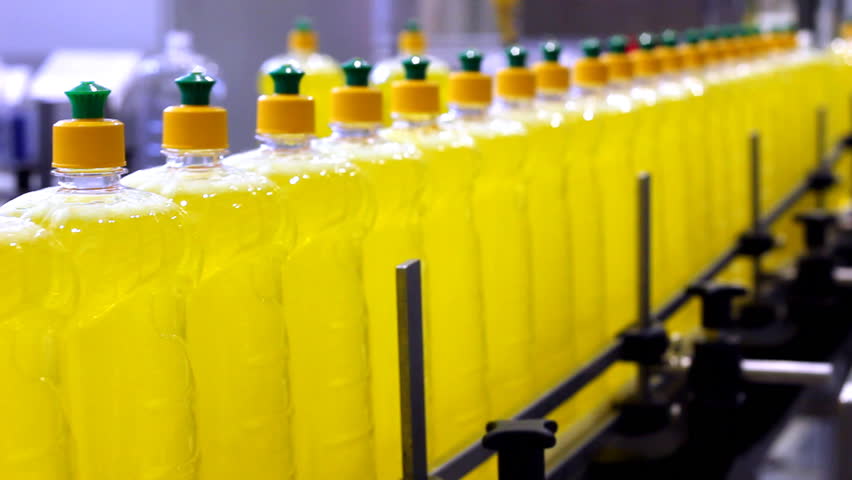Did you know that CleanGredients not only lists pre-approved ingredients for Safer Choice formulations, but also provides valuable information on how a given ingredient can be used in Safer Choice products? Both maximum use levels and reviews of ingredients for direct release to the environment can help formulators select the most appropriate ingredients for their formulations.
Maximum Use Levels
If an ingredient is listed in CleanGredients, it does not necessarily mean that the ingredient can be used at unlimited concentrations in a product carrying the Safer Choice label. In fact, maximum use levels may apply to ingredients listed in CleanGredients used for Safer Choice products. Formulators should keep these in mind to avoid surprises during the final review by EPA for approval to carry the Safer Choice label on their products.
Some of the ingredient profiles in CleanGredients contain a posted “Maximum Use (%)”, indicating the maximum concentration at which the ingredient may be used in a Safer Choice product, typically due to unavoidable residuals or impurities of concern that cannot be reduced with current manufacturing best practices. The Safer Choice Program reviews all such residuals and impurities, and in some cases will approve a listing with a maximum use level to keep all unavoidable residuals and impurities of concern below 0.01% in the finished product as sold. In the following example of a chelating agent, the ingredient has a calculated maximum use level of 10%, even though the active ingredient meets the Safer Choice criteria:

Direct Release
Some products are intended for use in applications that result in immediate release to the environment, bypassing sewage treatment plants or septic systems and shortening the time available for degradation prior to entering the environment. Some examples of direct release products include home car washes, boat cleaners, and graffiti removers. In order to protect sensitive environments and aquatic life, EPA’s Safer Choice program has more stringent criteria for ingredients in direct release products. Any ingredients with aquatic toxicity values <10 mg/L are not allowed in Safer Choice direct release products. Furthermore, biodegradation must occur within a specified time frame and without degradation products of concern for the ingredient to be approved for direct release.
So, how can a formulator know whether an ingredient meets the more stringent criteria for direct release products? Fortunately, most ingredients listed in CleanGredients have already been evaluated against the Safer Choice criteria for environmental toxicity and fate for chemicals in direct release products. You can check an ingredient’s direct release approval status right on the main ingredient listing page or on any individual ingredient profile, and can sort the list of ingredients by direct release approval status, making it easier to find approved ingredients in a given functional class for your direct release products.

The Takeaway for Product Formulators
Formulators can use the information on maximum use levels and direct release approvals when designing products for the EPA Safer Choice Label to ensure that they don’t end up with too high a concentration of residuals or impurities of concern or ingredients with excessive aquatic toxicity for direct release products. Other sources of Safer Choice ingredient information, including the EPA Safer Chemical Ingredients List (SCIL), don’t include information on maximum use levels or direct release approvals. By including this information, CleanGredients provides additional value, takes the guesswork out of obtaining the Safer Choice label, and reduces risk for formulators.
GreenBlue wishes to thank Nancy Linde, Managing Toxicologist at NSF International for her expertise in drafting the technical content of this article. NSF International is a third-party profiler for the EPA’s Safer Choice Program.


